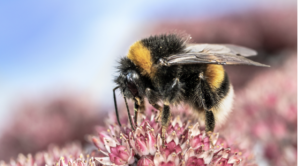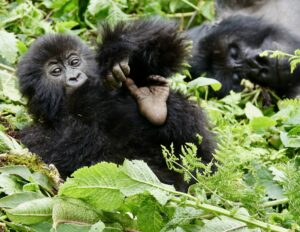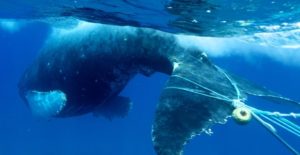
Poaching: Slaughter by Criminal Syndicates
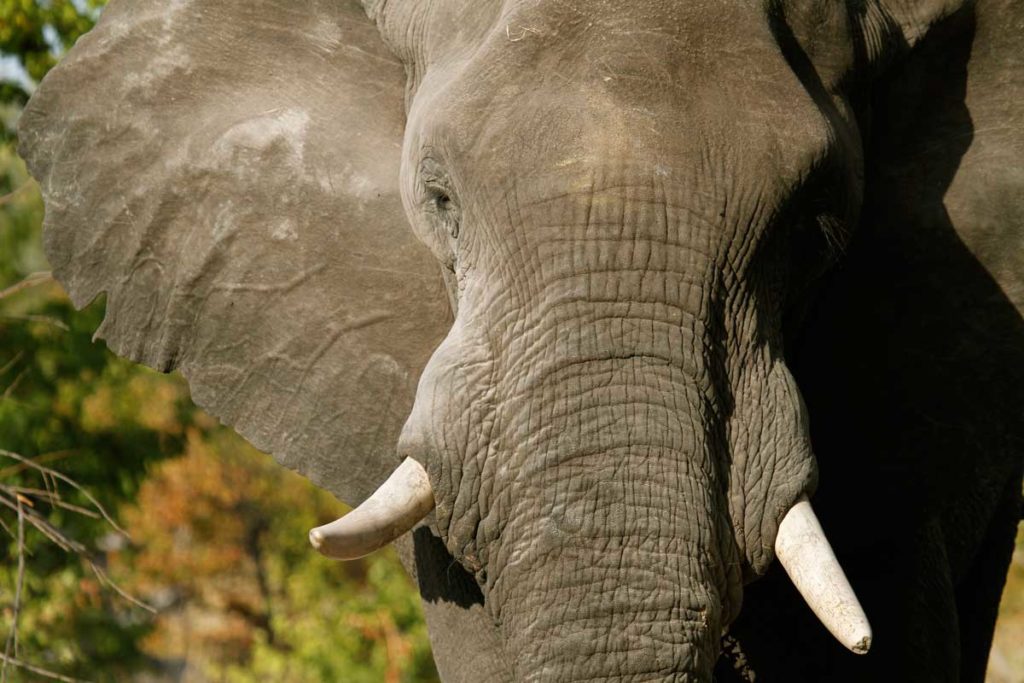
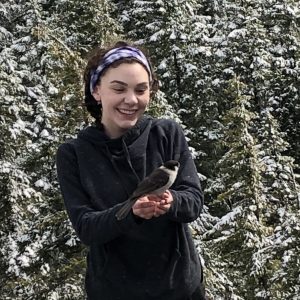
Aubree Cosper
Every year the illegal wildlife trade grows. From the capture of small primates sold as exotic pets to the destruction of the wild rhino population for their horns, poaching is an issue that is pressing for today’s wildlife. The poaching industry has grown with the help of criminal syndicates funding the process. By enticing struggling locals to do their bidding and contracting out middlemen and high rollers these syndicates are making millions of dollars selling ivory and animal parts to high-demand markets. Today’s biggest markets for ivory specifically are in China where these “trophies” are viewed as symbols of wealth, influence, and health. But this is an issue that expands further than China, with consumer markets in Vietnam, the Philippines, and the United States.
Who is Driving the Wildlife Trade?
Similar to the monetary allure criminal organizations see in peddling drugs and selling weapons, the illegal wildlife trade makes a lot of money. To be exact the U.N. estimates that this criminal trade is worth anywhere from $7 billion to $23 billion with rising profits each year. This crisis, which is deeply linked to the humanitarian crises of human trafficking and drug smuggling, has led to the death of over 7,000 rhinos, 200,000 elephants, and thousands of more exotic animals in the past decade.
A countless amount of criminal syndicates are involved in poaching. A variety of ground and air shipping routes are used to sell nationally and internationally from high poaching areas. Central Africa has been a particular target by criminals funding poaching. From Africa thousands of pounds of ivory are sold to Asia and used to further fund criminal enterprises. Large international groups fund the poaching done by low-level hunters, often people who are in disadvantaged communities hurt by a lack of education and economic growth.
The Hunter
There are a variety of different types of poaching including poaching as a means to protect one’s property or feed one’s family, criminal organizations manipulate and take advantage of local communities and their needs. Offering to pay these low-level poachers a parsley sum of money, criminal syndicates are free from the most dangerous and emotionally cruel part of the poaching pipeline. Often communities that border reserves and parks have been displaced and lack educational opportunities to learn about conservation. Sometimes, communities view killing an elephant, a rhino, or another animal as a steady way to make money, to feed their families, and to ensure some type of future for themselves. While we often think of the hunter as the main culprit of poaching they are not often the ones making the most financial gain. In some cases, low-level poachers are even kidnapped and forced into hunting wildlife. Hunters are often lacking essential community needs that need to be addressed by organizations in cohesion with conservation efforts.
The Gangs
The criminal organizations that fund low-level hunters are often involved with a variety of criminal activities. After the animal is killed their trophies (whether that be tiger teeth, elephant ivory, or other animal parts) are sold to dealers. From there, dealers ensure the trophies are imported into large international markets where they will be sold for large amounts of cash. These syndicates make the largest profit keeping 90 to 95% of the profit made. Criminal gangs are often drawn to the world of poaching because of the high-profit motive and the relatively “easy going” sentencing procedures they face if caught. For example, a Tanzanian criminal boss, Boniface Matthew Mariango, was sentenced to only 12 years in prison as a result of being linked to at least 15 poaching syndicates and being responsible for the deaths of thousands of elephants.
The Consumer
“White Gold” aka ivory is one of the largest exported animal trophies in the world. Although there was an international trade ban on ivory in 1989, some national governments still allow trade. Furthermore, criminal syndicates sell ivory on an international level through underground trading and black markets. On a worldwide scale, ivory has been traditionally thought to have medicinal properties but this is false. Ivory as a current commodity is seen as a status symbol used as decorative pieces for one’s home or as jewelry. The largest consumers of ivory include China, Vietnam, the Philippines, the United States, and Thailandpre-ban ivory can be legally sold.. This is a dangerous “loop-hole” allowing for illegally obtained ivory to be sold “in disguise”. The illegal ivory trade and poaching, in general, is a crime driven by consumer demand. It will take the educational awareness of consumers to understand where their products are coming from. The majority of people do not support poaching or the illegal wildlife trade but consumers are often disconnected from their purchasing power and where the products originate.
So, What Is The Solution?
Like many topics in the conservation world addressing the issue of poaching is not easily answered by one person or even one organization. Yet, we have seen a surge in innovative, inclusive, and important anti-poaching initiatives. To tackle the issue of poaching funded and fueled by crime syndicates we must approach each arm of the criminal organization. Firstly, conservationists must invest in education and economic growth in local communities that live adjacent to endangered wildlife. Without education and proper economic stimulation, people will find any way to make money and feed their families. In many cases, this means poaching for criminal organizations. This is not simply an animal issue, it is a human-animal conflict issue that stems from a society that is lacking in humanitarian care and improvement. Organizations like SAFE Worldwide attempt to address this issue at a direct local level educating children and young adults on the issues endangered animals face.
Furthermore, to address these large-scale criminal organizations NGOs, governments, and activists must ban together to push for real legal movement against poaching. The current precedent for sentencing in regards to large-scale poaching is minimal. Criminal organizations are not facing legal repercussions and when they do, those in charge are rarely met with a firm sentence that dissuades others.
How You Can Help
- Education: Spread awareness about the cruelty and prevalence of poaching!
- Buy Responsibly: Ask where your products are coming from. Ivory is not the only consumer product that contributes to poaching.
- Petition: It will take local movements around the world to hold governments accountable in banning animal “trophies” such as ivory.
- Pledge: Pledge your support to organizations dedicated to stopping poaching through community investment, animal protections, and ethical practices. Make sure to follow SAFE Worldwide’s anti-poaching initiative to learn how you can support, follow, and learn more about preventing the slaughter of endangered animals.
Disclaimer: The opinions, beliefs and viewpoints expressed by the various authors and forum participants on this web site are their own and do not necessarily reflect the opinions, beliefs and viewpoints of SAFE Worldwide.

